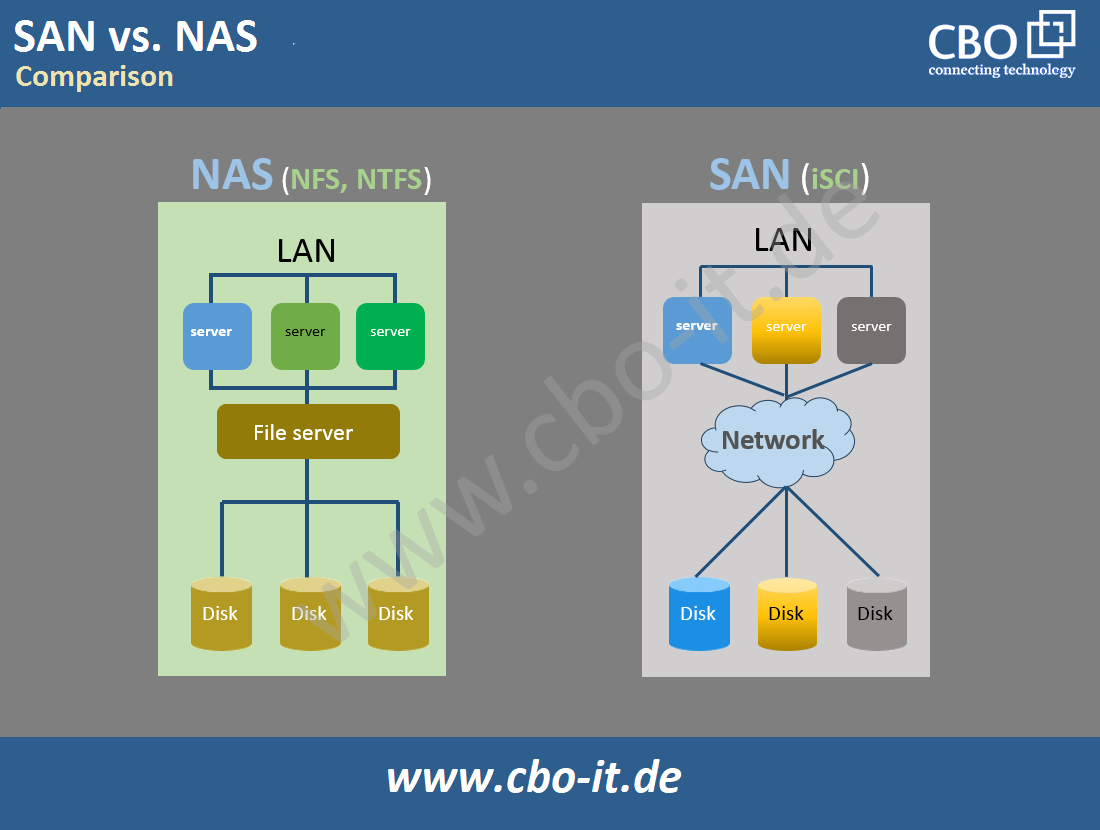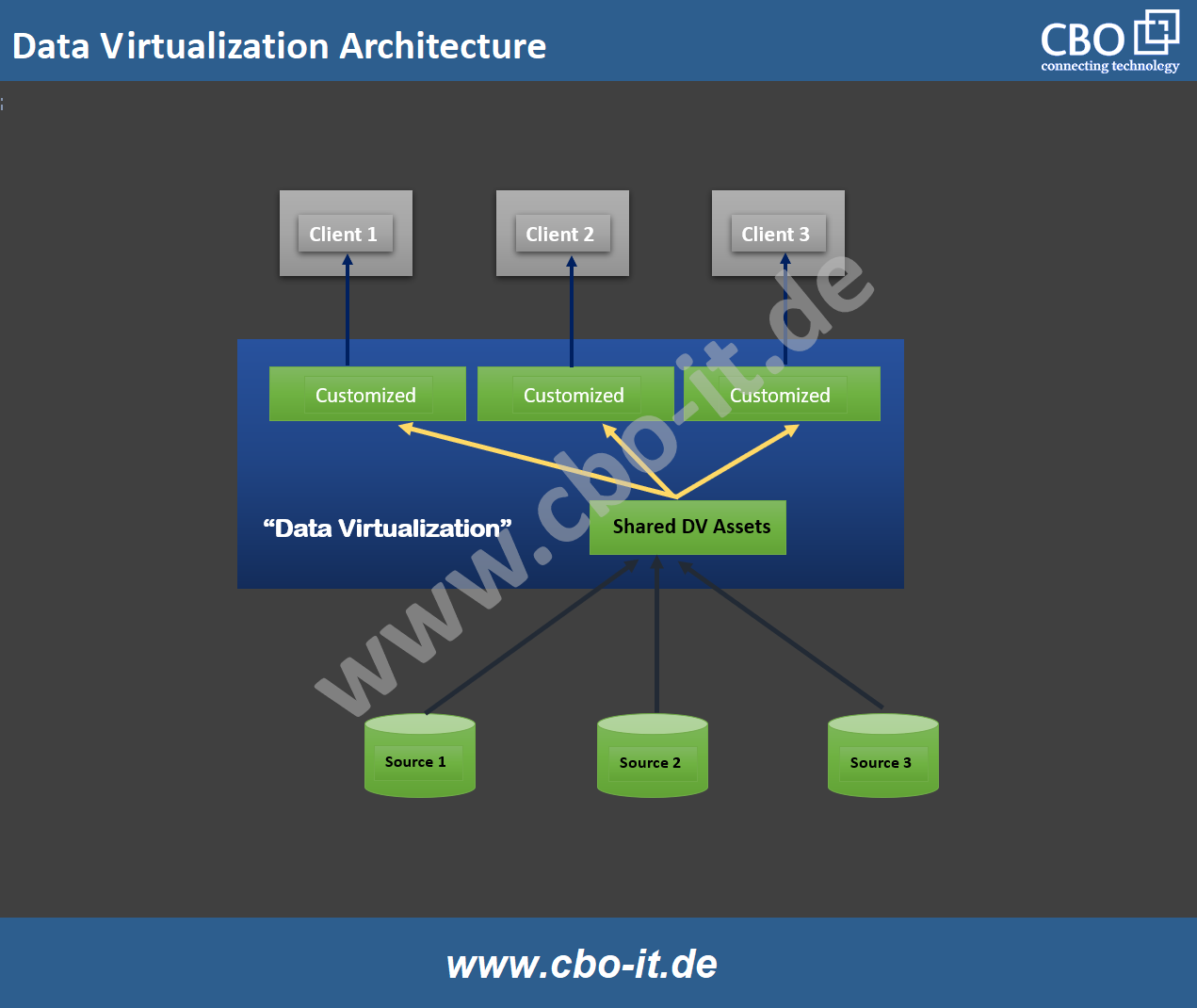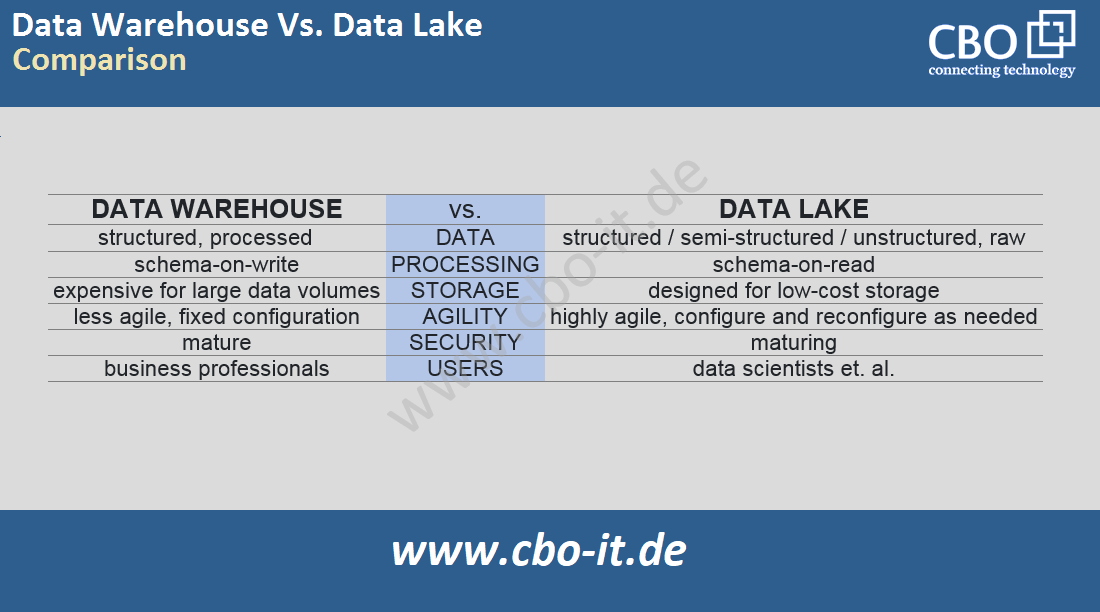In recent decades, the landscape of data centers has undergone a profound metamorphosis, guided by breakthroughs from industry trailblazers such as EMC2 and NetApp. This journey has witnessed innovations in safeguarding data, enhancing storage efficiency, and elevating overall performance. Let’s embark on an exploration of the trajectory of storage technologies, culminating in the zenith of today’s technology-centric era.
Hard Disk Drives (HDDs)
Even with their higher energy consumption, Hard Disk Drives (HDDs) remain a pragmatic choice for data centers, primarily due to their cost-effectiveness. The financial aspect is compelling, with 1TB HDDs priced at $40-$60, compared to the entry point of $80 for the cheapest 1TB SSDs. This cost analysis, translating to 8 cents per gigabyte for solid-state drives (SSDs) and 4-6 cents for HDDs, underscores the continued appeal of HDDs. As SSD technology matures, the balance may shift, potentially favoring SSDs as we move ahead.
Solid-State Drives (SSDs)
The ascendancy of Solid-State Drives (SSDs) in data centers is propelled by their remarkable read and write speeds, far surpassing the capabilities of traditional HDDs. The heightened speed makes SSDs indispensable for applications demanding low latency and fast access to online resources. As data centers have started prioritizing speed, the adoption of SSDs is becoming trendy.
Tape Storage
While not as prevalent as HDDs and SSDs, tape storage maintains its relevance, especially for data archiving on long-term basis. Renowned for its exceptional density of data and cost-effectiveness, tape storage is the preferred choice for organizations grappling with extensive data retaining requirements.
Hybrid Storage Arrays
These storage arrays represent a dynamic fusion, seamlessly blending the cost-effectiveness of HDDs, the scalability of cloud-based storage and tape as well as the speed of SSDs. This innovative integration enables data center operators to achieve maximum performance while managing costs.
Network-Based Storage Solutions in Focus
Network-Based Storage Solutions revolutionize data management, offering scalable and efficient frameworks for storing and retrieving information. From the speed-focused Storage Area Network (SAN) utilizing Fiber Channel to the versatile Network-Attached Storage (NAS) connecting via Ethernet, these solutions form the backbone of modern data centers. SAN excels in structured workloads like databases, while NAS thrives in handling unstructured data such as video and medical images.
Network-Attached Storage (NAS) and Storage Area Network (SAN)

Storage Area Network (SAN) and Network-Attached Storage (NAS) stand as stalwart pillars of network-based storage solutions. While SAN employs Fiber Channel for connectivity and operates at the block level, NAS relies on Ethernet connectivity and accesses data at the file level. SAN is tailored for structured workloads like databases, whereas NAS finds its niche in handling unorganized data such as; medical images and video.

Strategic Data Management Approaches
Effective management of data is crucial in today's complex IT landscape. Strategic Data Management involves innovative approaches to streamline storage and optimize data utilization.
Storage Virtualization

Storage virtualization spearheads the abstraction of physical storage resources from operating systems and applications. This innovative approach streamlines storage management, offering administrators a unified view of storage resources irrespective of the physical storage devices, underlying.
Data Lake Vs Data Warehouse
The management of large volumes of raw data in data centers necessitates a nuanced approach. In data lakes data is stored as objects of files in a flat architecture.

Conversely, data warehouses store data in tiers-based hierarchy offering enhanced structural organization. Both approaches mandate substantial storage capacity, and cloud providers extend tailored solutions to cater with customers’ requirements.
The Role of Fiber in Data Center Storage
In data centers, the role of fiber optics in storage solutions has become pivotal. Fiber optics, as a high-speed and reliable connectivity medium, offers several advantages:
- Ample Bandwidth: Fiber optics boast higher bandwidth than traditional copper cables, facilitating faster data transfer rates and minimizing latency.
- Extended Reach: These cables can transmit data over longer distances without signal degradation, making them indispensable for connecting storage systems within expansive data centers.
- Enhanced Security: Fiber optic cables are less susceptible to electromagnetic interference, ensuring a more secure and stable environment for transmitting sensitive data.
- Scalability at its Core: Fiber optics effortlessly scale to accommodate escalating data storage needs, positioning them as a future-proof solution for evolving data center requirements.
The Importance of Data Center Storage
In the digital epoch, the robustness of data center storage is integral to the fabric of modern existence. Businesses and organizations lean heavily on data centers to securely store, manage, and access copious amounts of information critical to their day-to-day operations. The pivotal aspects underscoring its significance encompass:
- Informed Decision Making: Businesses leverage stored data for data-driven decision-making, strategy formulation, and performance analysis.
- Facilitating Digital Transformation: Data centers serve as the bedrock for organizations undergoing digital transformation, facilitating the integration of advanced technologies like artificial intelligence, machine learning, and the Internet of Things.
- Ensuring Business Continuity: Reliable data storage is imperative for ensuring business continuity, fortifying against data loss, and enabling swift disaster recovery.
- Ensuring Security and Compliance: Data centers play a pivotal role in upholding the security and compliance of sensitive information, shielding against unauthorized access, and ensuring adherence to regulatory standards.
In Conclusion
In conclusion, the dynamic evolution of data center storage technologies reflects a vibrant interplay between cost-effectiveness, performance, and adaptability. From the enduring reliability of Hard Disk Drives (HDDs) to the speed-centric prowess of Solid-State Drives (SSDs), the economic efficiency of tape storage, and the versatile synergy of hybrid arrays, the contemporary data storage landscape offers a nuanced array of solutions. The integral role of fiber optics in ensuring seamless connectivity further amplifies the diversity. As businesses navigate this rich tapestry of storage options, the strategic selection of solutions aligned with specific needs emerges as paramount.
 English
English
 Deutsch
Deutsch
 Espaniol
Espaniol










